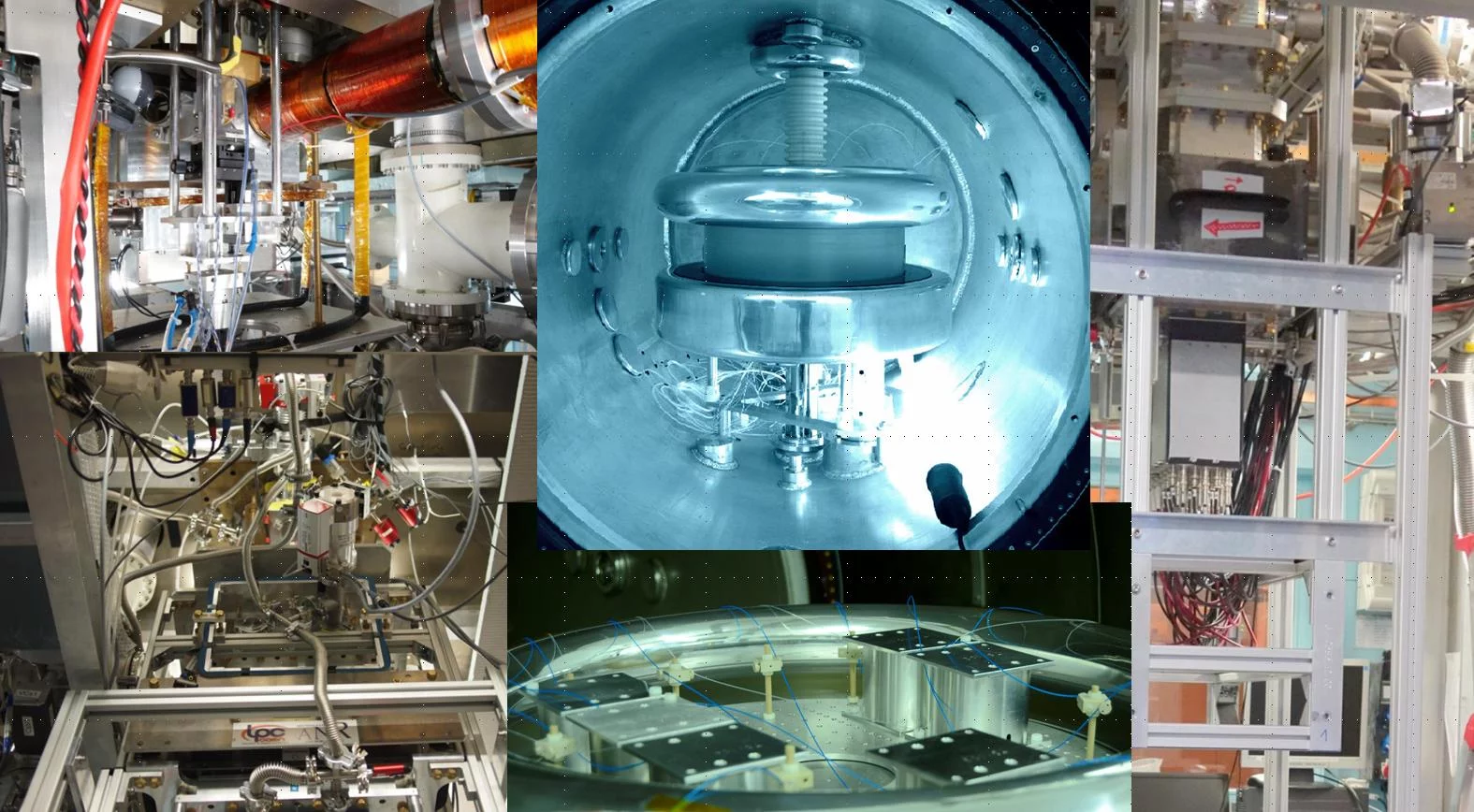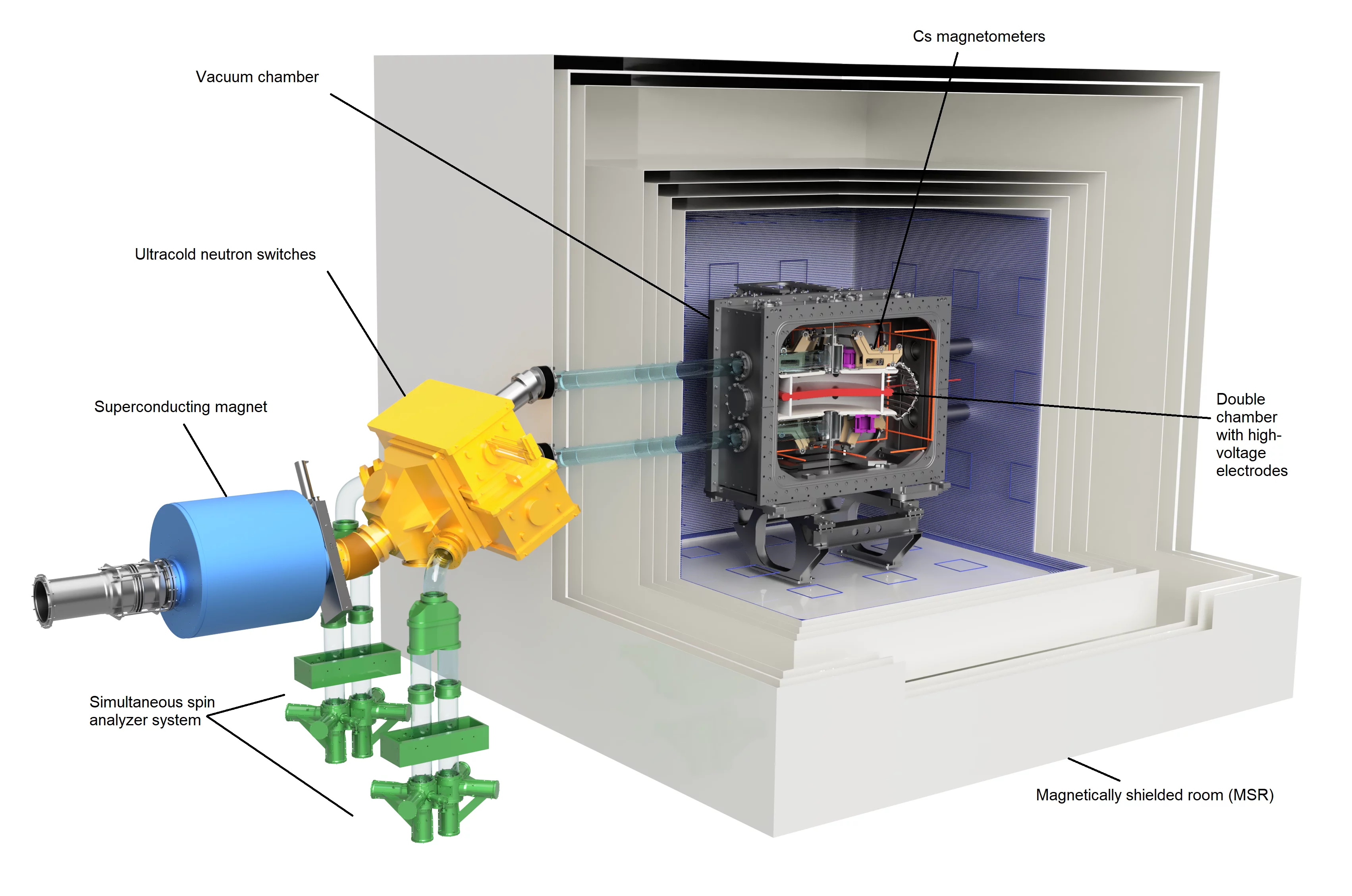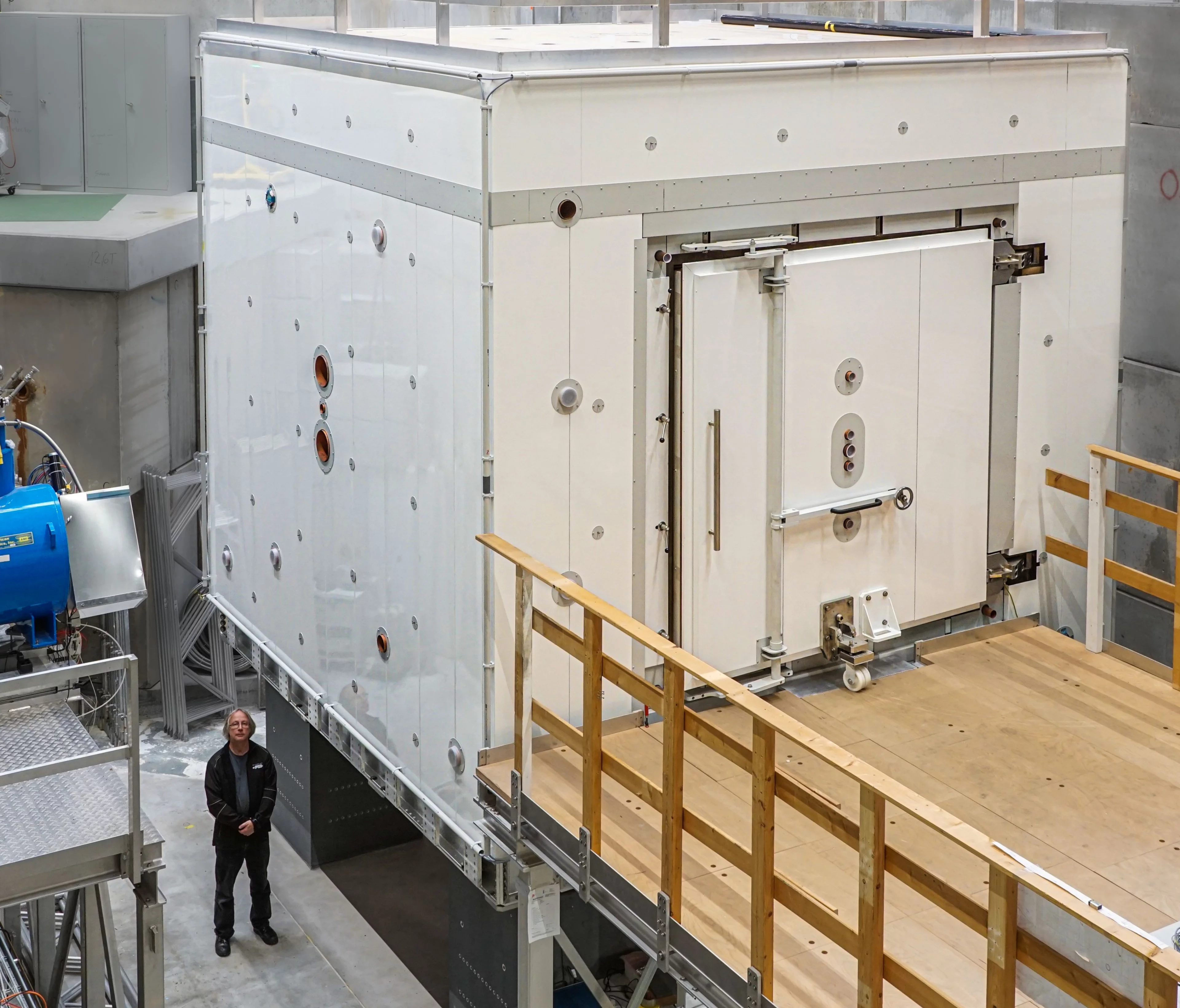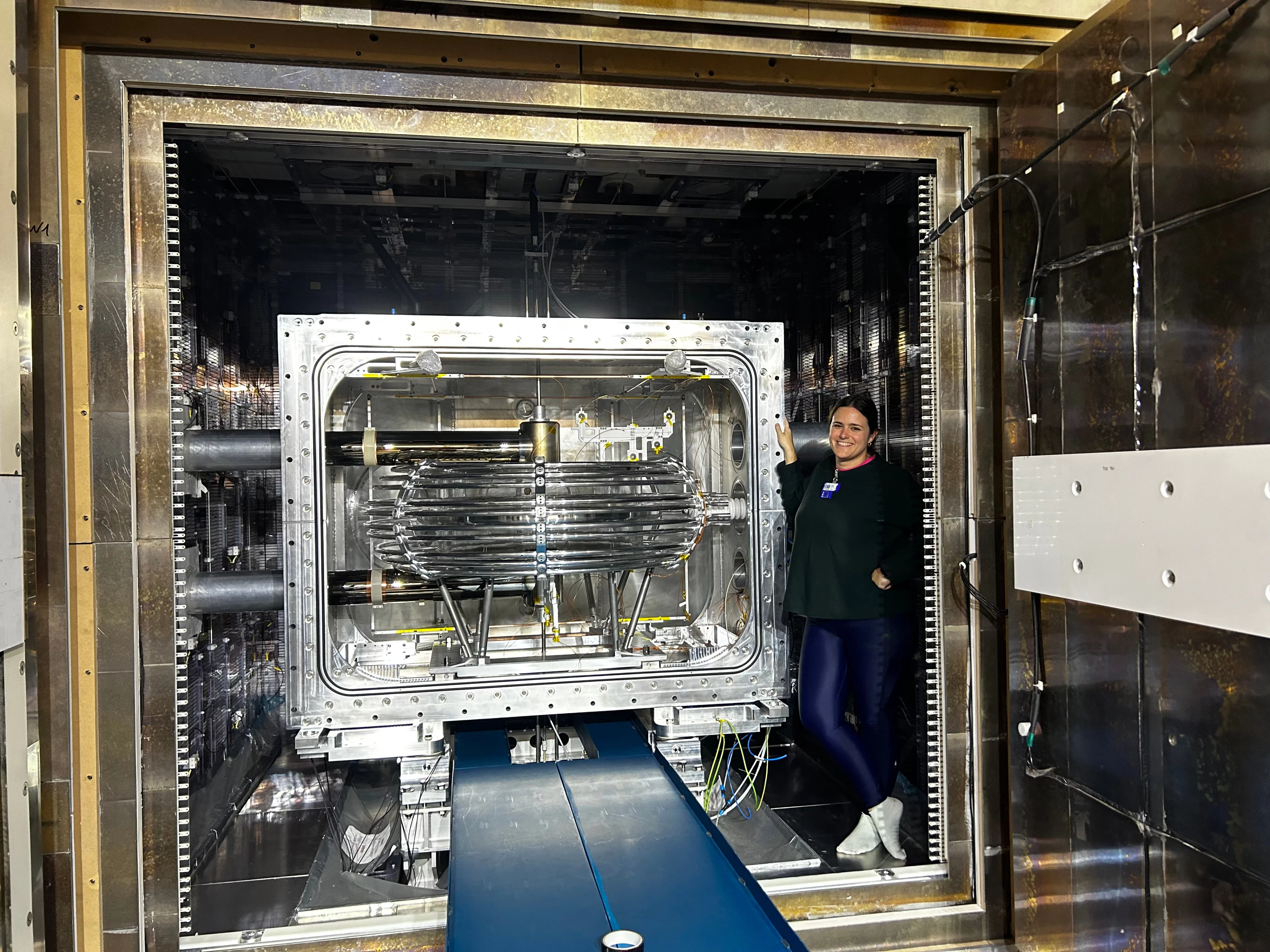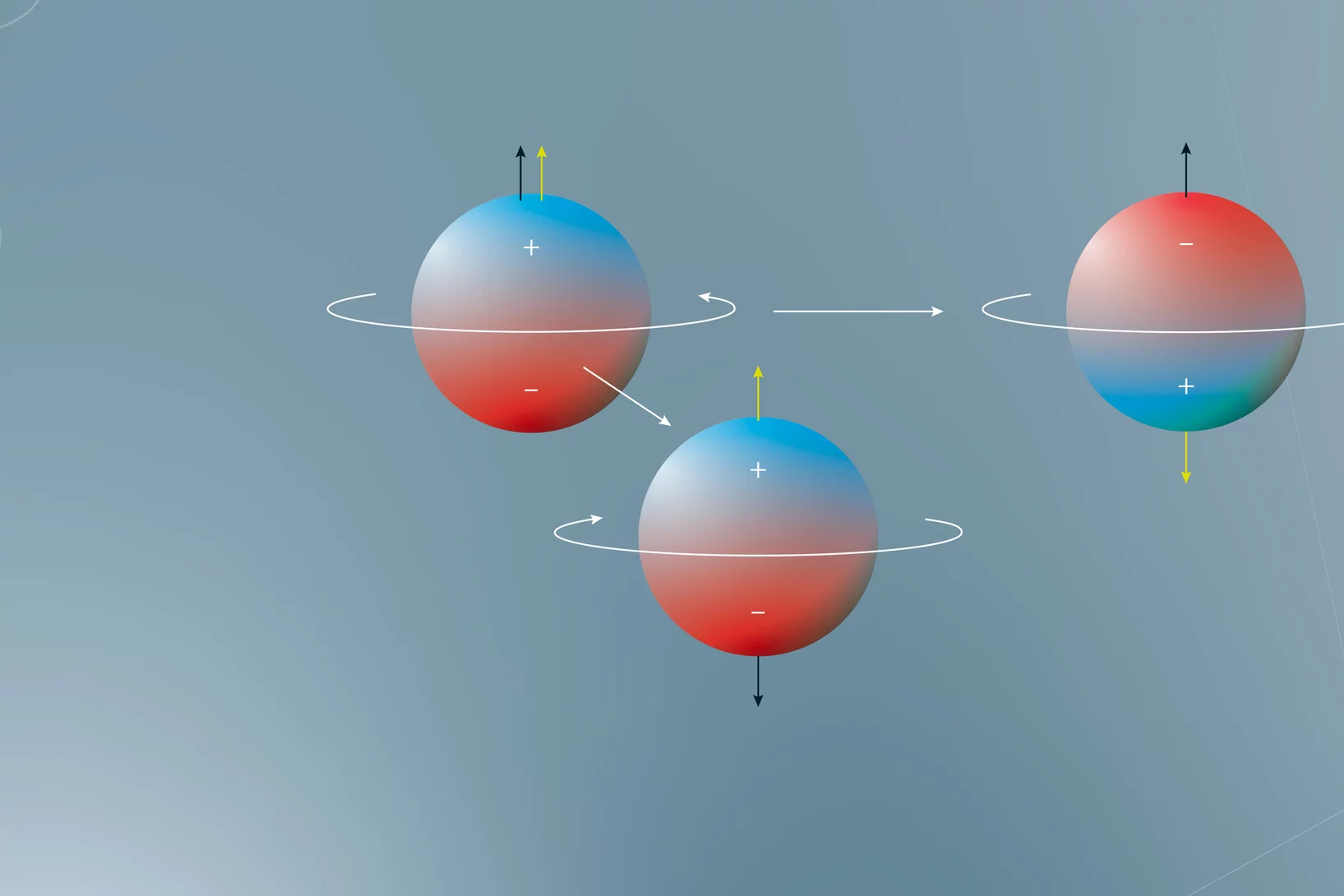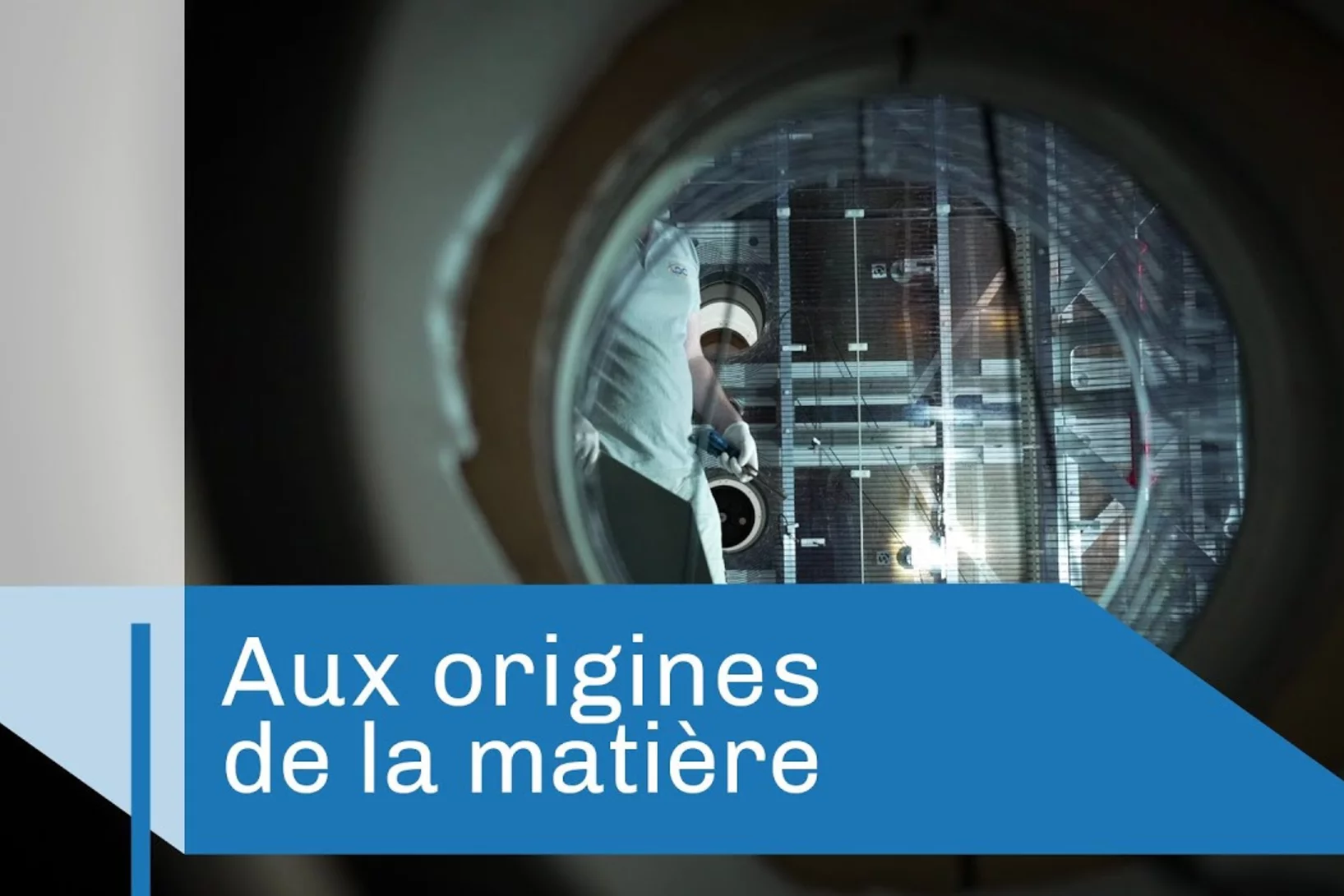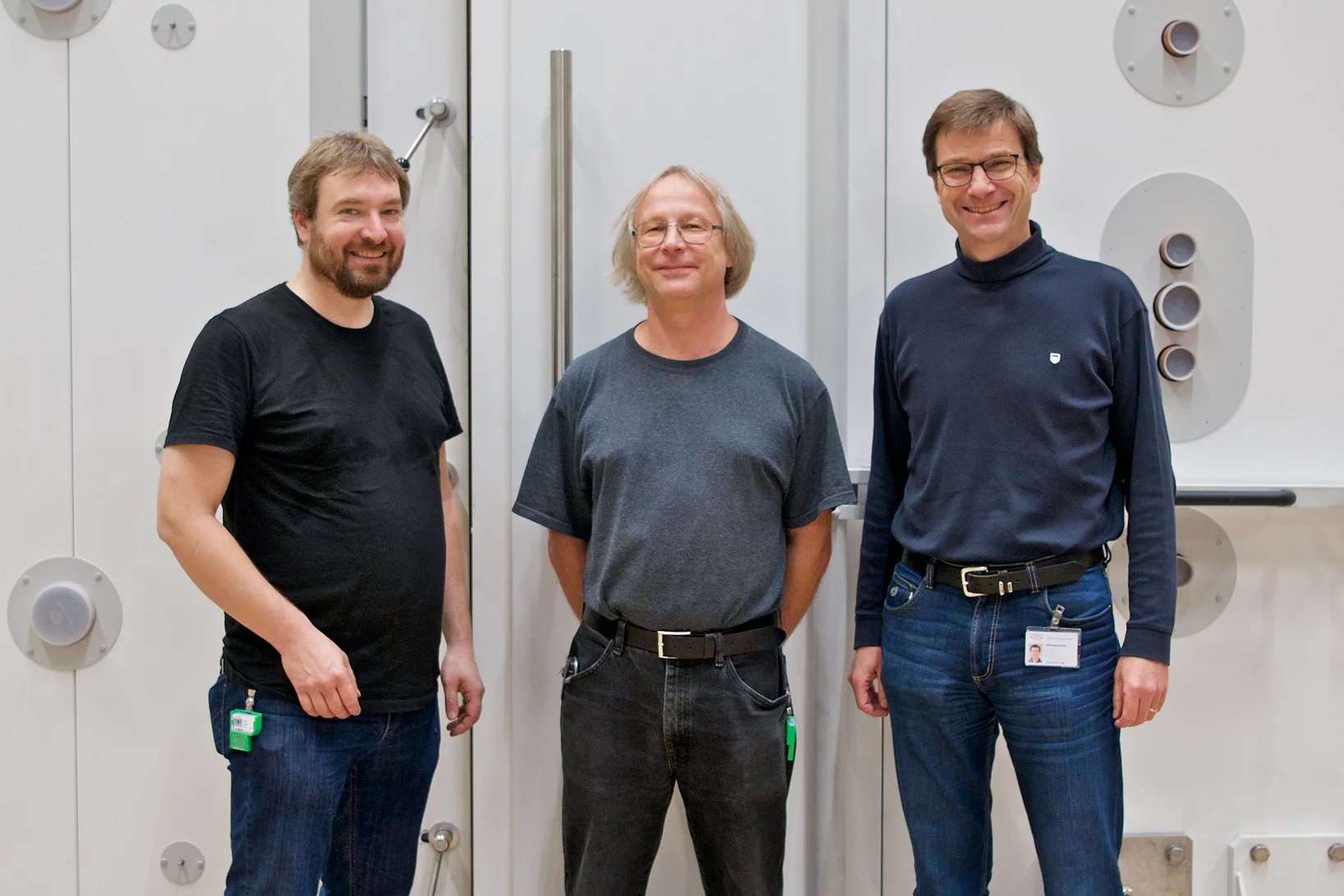Why does the Universe contain vast quantities of matter, but almost no antimatter?
In order to address this fundamental question, which has perplexed cosmologists for half a century, we need to look beyond our Standard Model (SM) of particle physics. Some of the most sensitive probes we have of such “new” physics arise from non-accelerator experiments. One such is the search for an electric dipole moment (EDM) of the neutron. EDMs violate both parity and time-reversal symmetries, and they therefore provide some of the tightest constraints upon models beyond the SM that attempt to reconcile the low level of CP violation observed in K and B systems with the large baryon asymmetry of the Universe. The current world limit of 1.8 x 10-26 e.cm, set in 2020 by the nEDM collaboration, already requires considerable fine-tuning of MSSM parameters - the so-called "SUSY CP problem". The measurement is carried out by using NMR to determine the Larmor precession frequency, in parallel and antiparallel magnetic and electric fields, of ultracold neutrons trapped in a storage cell - a sort of atomic clock, but using neutrons instead of atoms. A change in frequency with applied electric field is the signature of an EDM. The level of precision is astonishing: the system can detect an energy-level splitting of 10-21 eV, and yet it is sensitive to aspects of physics at energy scales well beyond that achievable at the LHC. Watch video of artists: Capturing nEDM in collaboration with the ETHZ Department of Architecture.
What is the neutron electric dipole moment ?
After running nEDM with the world’s best sensitivity in 2015/16, see PRL, we are constructing n2EDM for at least an order of magnitude improvement. The technical design of our new n2EDM apparatus has been published in Physical Review A. 2021; 103(6): 062801
nEDM-Highlights
| Magnetically shielded room with ultralow magnetic field in the central 25 m3 volume finished commissioning, see final report in Rev. Scient. Instr. 93, 095105 (2022). Read also PSI highlight… |
| New limit on the nEDM: The nEDM collaboration at PSI has published in Physical Review Letters the most sensitive measurement of the neutron EDM to date: dn= (0.0 ± 1.1stat ± 0.2sys) × 10-26 e·cm. Read on… |
|
Constructing n2EDM After running nEDM with the world’s best sensitivity in 2015/16, we are constructing n2EDM for an order of magnitude improvement. |
| ERC Starting Grants Awards Two members of our collaboration, Guillaume Pignol and Florian Piegsa, have been awarded ERC Starting Grants for research projects connected to the neutron EDM search. |
